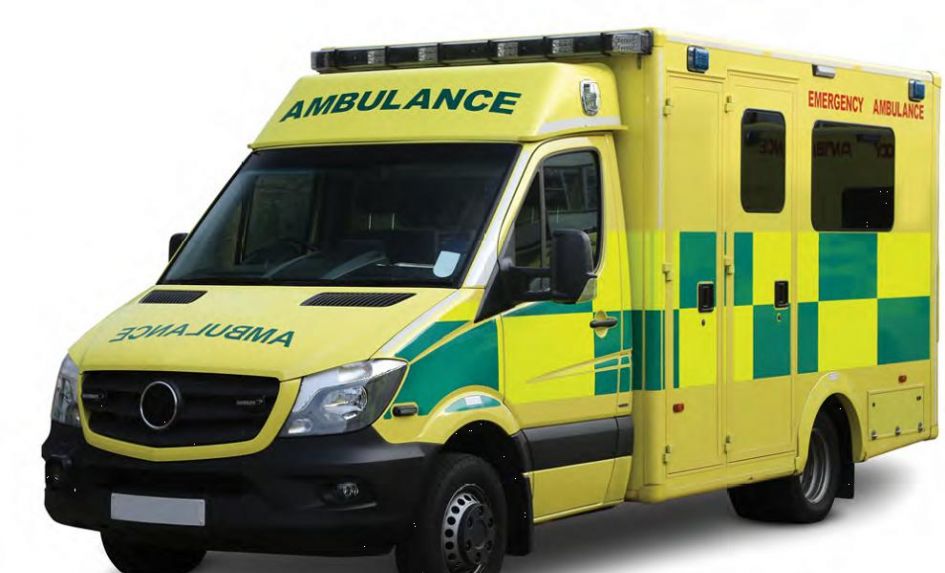It can sometimes be difficult to determine the extent and severity of a child’s injury or illness and to know when to call an ambulance – especially if they might be exaggerating symptoms to avoid a lesson they don’t particularly enjoy!
You need to be aware of the key signs that could indicate that a child requires urgent medical attention, and be particularly vigilant with young children who can often mask serious symptoms which then deteriorate quickly.
When to call an ambulance
When it comes to deciding when to call an ambulance, I advise immediately administering first aid and ringing 999 if a child appears to be experiencing:
- chest pain
- difficulty with breathing or speaking
- numbness
Other symptoms necessitating an immediate response include:
- severe bleeding that can’t be stopped by applying direct pressure
- unconsciousness
- lack of awareness of their immediate surroundings
- severe allergic reactions accompanied by breathing difficulties
- a fit/seizure, even if they seem to recover
You obviously need to call an ambulance if a child falls from a height, is hit with force or sustains burns severe enough to need dressing.
Parents or ambulance?
Call parents to take their child to A&E if:
- they have a fever and seem lethargic
- exhibit severe abdominal pain
- have a cut that’s losing a lot of blood
- they have a leg/arm injury and can’t use the limb(s) in question
If a child has swallowed poison or tablets but doesn’t seem to be showing any adverse effects, you can obtain advice from the poisons database by calling 111.
If they’re behaving strangely or experiencing any apparent symptoms after ingesting poison, call an ambulance immediately.
Directing the ambulance
Make sure the ambulance knows where to find the casualty and which school entrance to use. If an accident occurs on a playing field, nominate a member of staff to wait at the school entrance and lead the paramedics to the injured child.
If the child has a healthcare plan or is taking medication, ensure the details go with them in the ambulance.
Have a teacher they know and like or an older sibling at the same school accompany them to hospital. This will help provide reassurance and keep them calm in what will be a stressful situation.
Many schools operate a red flag system to alert reception that there’s been a serious incident. This is helpful when children are sent to get help in an emergency and quickly alerts office staff that help is needed urgently.
I know of incidents where this hasn’t been in place, with the result that children have waited because they didn’t know how to politely interrupt someone in a telephone conversation.
Hopefully you won’t need to put any of this into practice – but knowing when to call an ambulance means you’ll be prepared if the worst ever happens.
Emma Hammett is a registered general nurse and the founder/CEO of the first aid training provider First Aid for Life. Find out more at firstaidforlife.org.uk and on Twitter at @firstaidforlife.
Disclaimer
First Aid for Life provides this information for guidance only; it is not in any way a substitute for medical advice. First Aid for Life is not responsible or liable for any diagnosis made or actions taken based on this information.









